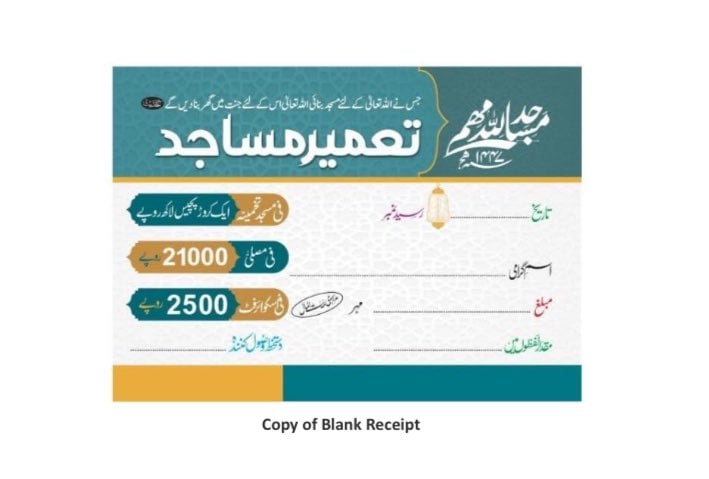Pakistan-based terrorist group Jaish-e-Mohammed (JeM), led by UN-designated terrorist Maulana Masood Azhar, has turned to digital fundraising to rebuild its terror infrastructure destroyed in Operation Sindoor. According to Indian intelligence assessments, JeM is using Pakistani e-wallet platforms such as EasyPaisa and SadaPay to raise nearly PKR 3.91 billion (USD 14 million) for constructing 313 new training centres (markaz) across Pakistan.
The fundraising drive began after India’s precision strikes on May 7, 2025, which eliminated JeM’s headquarters, Markaz Subhanallah in Bahawalpur, and four other camps, killing at least 14 operatives, including Azhar’s close relatives.


The “Digital Hawala” Model
Funds are being routed into over 2,000 digital wallets linked to Azhar’s family members and associates. One SadaPay account has been traced to his brother Talha Al Saif, while another EasyPaisa wallet is operated by Azhar’s son Abdullah. In Khyber Pakhtunkhwa, JeM operative Syed Safdar Shah has been soliciting donations through wallets registered near Oghi, Mansehra district. These wallets are rotated frequently to evade tracking, a practice Indian agencies describe as a form of “digital hawala.”
An intercepted audio message from Talha Al Saif, circulated on August 15 at Markaz Usman O Ali, urged supporters to contribute PKR 21,000 each. The propaganda calls for building large centres as leadership safe houses, medium ones as training camps, and smaller hubs for logistics operations.
FATF Loophole Exploited
The development highlights Pakistan’s failure to curb terror financing despite international commitments. After being placed on the FATF grey list in 2018, Islamabad had claimed to dismantle JeM’s networks and freeze bank accounts belonging to Masood Azhar and his brothers. However, with traditional cash channels restricted, JeM has shifted to digital wallets, which operate outside the SWIFT system and remain harder to monitor.
Scale of JeM’s Digital Economy
JeM reportedly raises over PKR 100 crore annually via e-wallets, with nearly 50% spent on weapons. Indian assessments suggest links between JeM and Hamas, raising concerns that funds may be diverted to purchase attack drones on the black market.
Strategic Implications
Experts warn that decentralizing its camps into hundreds of smaller centres will make JeM harder to target in future strikes. The renewed fundraising push also indicates the group’s intent to rapidly rebuild capacity, even as Pakistan’s leadership faces mounting pressure over its role in fostering cross-border terrorism.
Operation Sindoor marked a significant escalation in India’s counter-terror doctrine, and JeM’s digital pivot reflects both the resilience of terror financing networks and the challenges facing global counter-terror monitoring systems.













